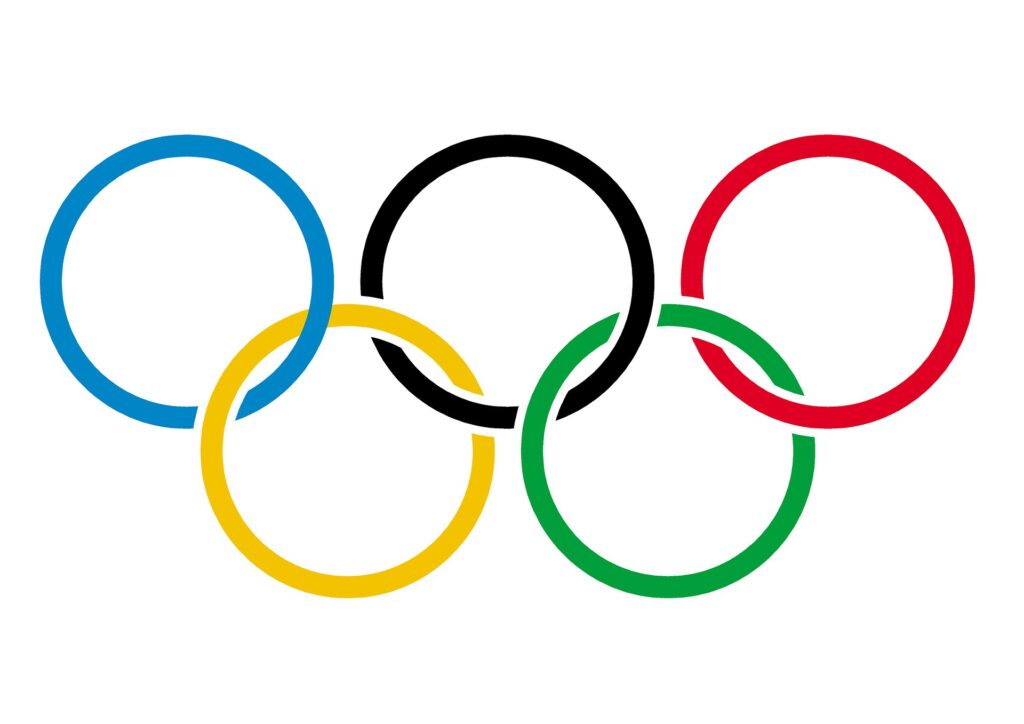2/17/22
Current Mood: Excited
Listening To: “I’ll Be There” by Jess Glynne
Dear Diary,
I’ll admit it…I’m generally not much of a sports enthusiast. Even after living in New England for many years now with so many talented sports teams, I haven’t become the diehard fan I dreamed I would be. One sporting event, however, that I have a great affinity for are the Olympics. Even as a kid, this was something that I always looked forward to watching. As the Winter Olympics kick off in Beijing, one of the sports I am most excited to watch is figure skating. The amazing choreography, the athleticism, the music, the costumes – what’s not to like?
As I watched the figure skating competition begin, I thought about the different paths that each of the athletes had taken to get there. All the hard work and training they went through to make it to the Olympics. I thought of how different the Olympic rink might be from the other rinks in which they practiced and competed. Was the rink a different size? What about the size of the audience? Where were the judges seated? Was the volume of the music different? While I don’t know for certain the different variables that differed between the training and the competition setting, I’m sure there were many. The fact that these athletes can perform these amazing routines in a novel environment is, I believe, likely a demonstration of generalization.
Generalization is, in my opinion, the holy grail of the work we do. While it’s really important that we successfully teach our learners new skills, the goal is not for these skills to stay in the, either real or metaphorical, classroom. As important as generalization is, I find that there are sometimes misunderstandings about what it is and that it’s importance is sometimes underestimated.
To begin with, generalization is demonstrated when behaviors occur under conditions in which they were not trained (Stokes & Osnes, 1989). This differs from teaching the skill under different conditions and observing the skill demonstrated under these conditions. While it is certainly beneficial to teach skills under different conditions, this does not constitute generalization. Instead, this is an example of programming for generalization.

To take an example, let’s say that I am teaching a learner to complete a grocery shopping routine. There are certain elements of the routine that I may, generally, keep the same. Perhaps we use an app on the phone that provides a shopping list in the form of both pictures and text. Maybe we typically go at a set frequency (e.g., once a week). Then maybe there are things that we change, one of these being the specific store that we go to. I may start by teaching the skill in the store that is most convenient to where the learner lives (Store A). Then I may introduce some different stores (e.g., Store B & C) that have different lay-outs, maybe different products, and I teach the skill there as well. This provides an example of programming for generalization. Specifically, there are elements of training sufficient exemplars and programming common stimuli (Stokes & Baer, 1977).
So, I have now taught the grocery shopping routine in Stores A, B, and C. Demonstration of skills in these three locations is great and very needed, but it’s not generalization because it’s been taught. And to emphasize the terminology again – programming for generalization. This means that it doesn’t just happen to occur, but rather it occurs due to deliberate and planned programming. Due to this, I would recommend including within written programming an explanation of how, exactly, programming for generalization will occur to ensure that it actually does occur and that there is clinical consideration as to the best way for this to occur for the learner.
Once grocery shopping has been taught at Stores A, B, and C, I may take my learner to yet another store, Store D, and see what they can do. This is a new store in which no instruction has been provided. If the learner is able to complete the shopping routine successfully in this setting, we can then say that generalization has occurred. Now you may be saying to yourself, I always go to the same one or two stores, so why is it really necessary to generalize this skill? That may be true, although there is always the possibility that you will be traveling or move at some point and need to go to another store. But think about skills which you might be required to demonstrate under different conditions more often, like washing your hands. There are so many variations of faucets and soap dispensers that it’s unlikely you will learn how to use them all, but if sufficient programming for generalization has occurred, when presented with a new arrangement you will, likely, still be able to complete the task.
I’ve digressed a bit from the initial example of Olympic figure skating, but I would guess much of this applies. Ways in which I could imagine that programming for generalization may occur are: practicing wearing the competition apparel, fading out any praise/feedback from coaches, rehearsing with an audience, and much more. If anyone out there has experience with figure skating, feel free to add to this list from your experiences – would love to learn more! Otherwise, what are your thoughts on this topic? Do you find this is an area that you are confident in or would like to focus on further? What are some tried and true techniques you’ve used? For all the other Olympic enthusiasts out there – happy viewing!
~Colleen
References
Stokes, T. F., & Osnes, P. G. (1989). An operant pursuit of generalization. Behavior Therapy, 20, 337-355. https://doi.org/10.1016/S0005-7894(89)80054-1
Stokes, T. F., & Baer, D. M. (1977). An implicit technology of generalization. Journal of Applied Behavior Analysis, 10(2), 349-367. https://doi.org/10.1901/jaba.1977.10-349


Wonderful Post!
So much appreciate the positive feedback!